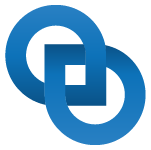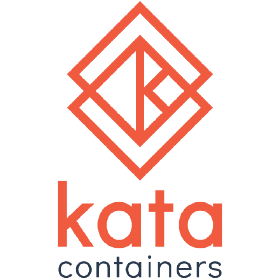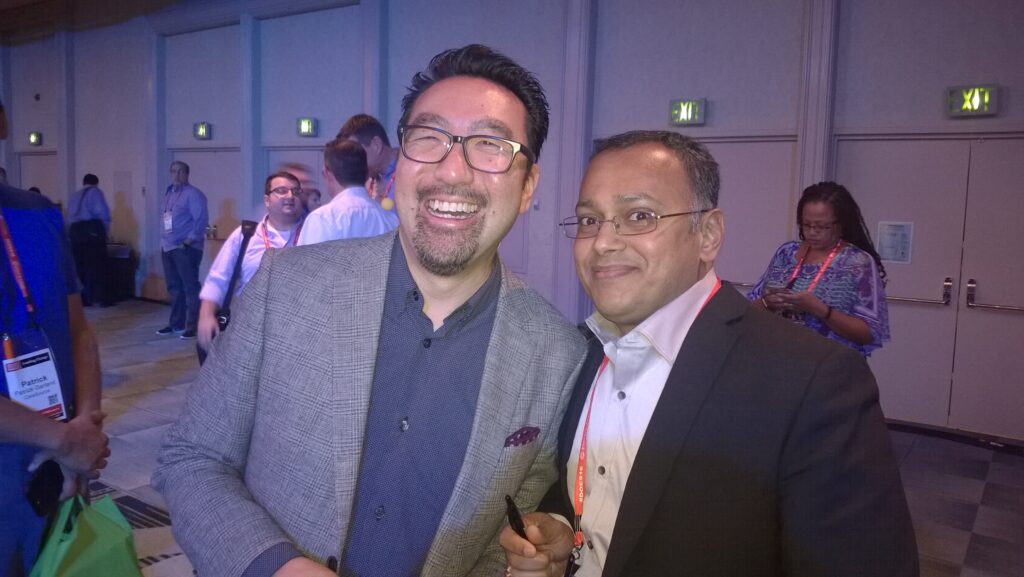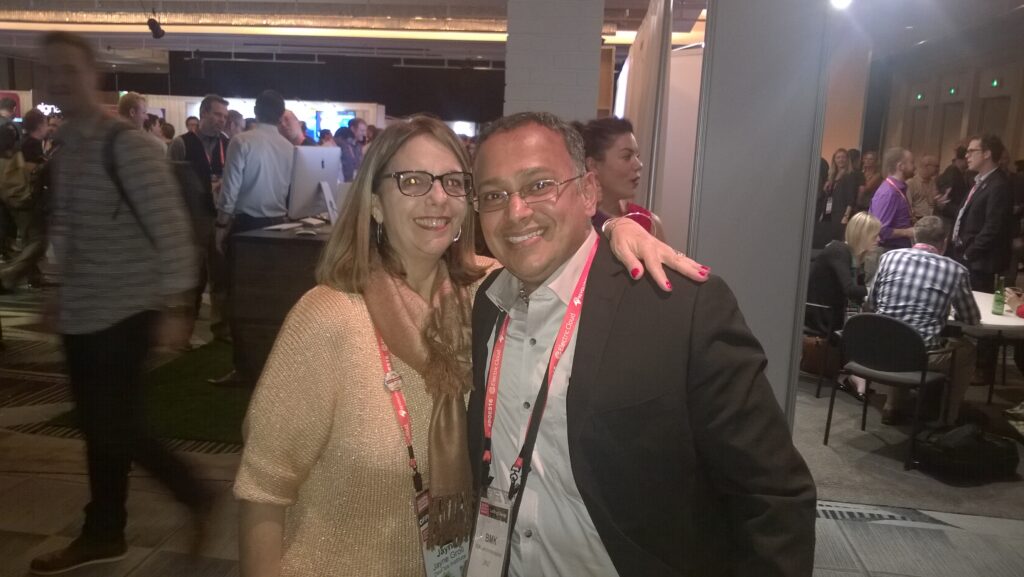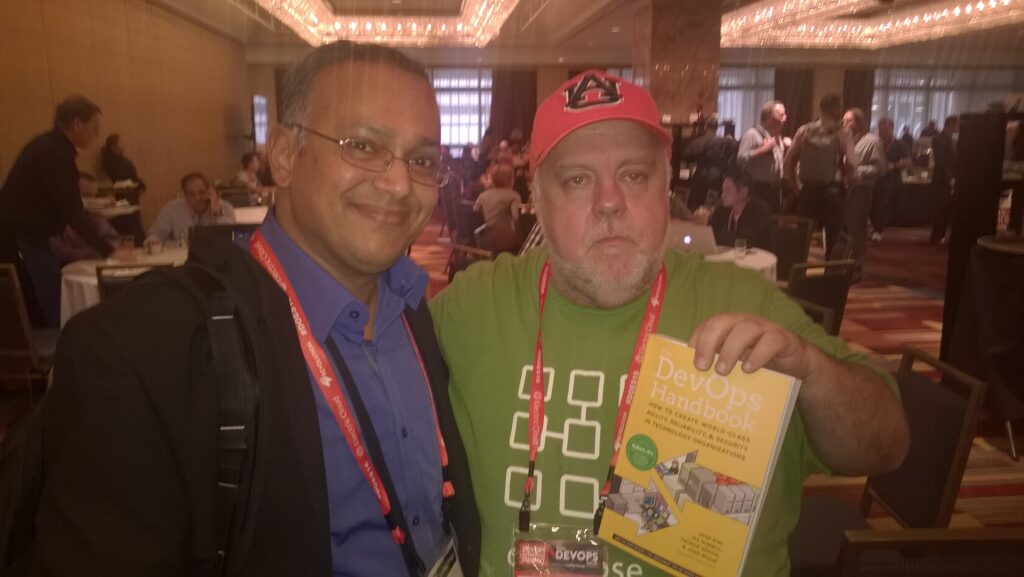Originally posted on the Harness.io blog by Tiffany Jachja (@tiffanyjachja)
In an organization where developers are continuously pushing code to production, managing risks can be difficult. In Measuring and Managing Information Risk: A FAIR Approach, Jack Freund and Jack Jones describe governance as a cost-effective approach to “govern the organization’s risk landscape.” You want to ensure your organization actively understands and manages risk, especially in heavily regulated industries expected to comply with governing authorities and standards, see compliance, or a blog post on measuring compliance.
Governance, risk management, and compliance (GRC) is an umbrella term covering an organization’s approach across these three practices: governance, risk management, and compliance. Freund and Jones describe risk and compliance.
“This [the risk] objective is all about making better-informed risk decisions, which boils down to three things: (1) identifying ‘risks,’ (2) effectively rating and prioritizing ‘risks,’ and (3) making decisions about how to mitigate ‘risks’ that are significant enough to warrant mitigation.”
“Of the three objectives, compliance management is the simplest—at least on the surface. On the surface, compliance is simply a matter of identifying the relevant expectations (e.g., requirements defined by Basel, Payment Card Industry (PCI), SOX, etc.), documenting and reporting on how the organization is (or is not) complying with those expectations, and tracking and reporting on activities to close any gaps.”
So if GRC is about aligning an organization to managing risks, what role do developers play?
From code commit to production
We discussed in the previous blog posts the importance of taking a systematic approach to developing software delivery processes. We shared practices like Value Stream Mapping, to give organizations the tools to better understand their value streams and to accelerate their DevOps journey. These DevOps practices indicate that every software delivery stakeholder is responsible for the value they deliver. But on the flip side, they also indicate that stakeholders are responsible for any risks that they create or introduce.
The DevOps Automated Governance Reference Architecture found here, shares how to further adopt a systems approach to delivery.
By looking at each stage in your delivery pipeline, you can define the inputs, outputs, actors, actions, risks, and control points related to that stage.
The essential part of governance is that developers are aware of the risks at each stage. The reference architecture paper shares some of the common risks associated with code commits, such as unapproved changes and PII or credentials in source code. Likewise, for deploying to production, you can have risks such as low-quality code in production, lack of quality gates, and unexpected system behaviors in production.
These risks help define areas of control points that help manage that risk. If you face the risk of unapproved changes, introduce a change approval process. Likewise, you can control risks through secrets management, application quality analysis, quality gate evaluation, and enforced deployment strategies.
Everyone involved in the process from code commits to production is responsible for mitigating risks.
The pieces to Enterprise Governance
Now let’s discuss the components of a governance process for a cloud environment. The DevOps Automated Governance Reference Architecture, found here, shares an approach to navigating your automated governance journey. Many of these concepts to be discussed here are explained in detail in that reference paper.
Notes are metadata definitions. Occurrences are generated for each artifact or resource that needs this note. As an example, a note could provide details of a specific vulnerability, such as the impacts, names, and status. I would generate an occurrence for every container image with that security vulnerability. Similarly, I could have a note that defines a specific application deployment, as I promote the deployment across different environments, I would generate an occurrence. There is a one to many relationships between notes and occurrences.
An attestation is a particular type of note that represents a verification that you’ve satisfied in your governance process. Attestations are tied to attestors, which hold the authority to verify a control point within your governance process. For example, determining you’ve passed a code review or a unit test is an attestation. Each attestation represents a control point within your governance process.
A binary authorization policy uses a list of attestors to represent your governance as code. A binary auth policy acts as a series of gates so that you can not get to the next stage of your software delivery before getting an attestation from each attestor. Therefore, it’s common practice to turn on binary authorization (BinAuthz) in your Kubernetes environment to ensure you are governing changes and deployments. You’ll have an Admission Controller in your Google Kubernetes Engine(GKE) that does the checks for attestation when you go interact with your environment. Here’s more information on how BinAuthz works for GKE.
If you’d like to learn more about designing control points for your governance process, Captial One also shared their pipeline design through a concept called “16 Gates” in a blog post called “Focusing on the DevOps Pipeline.”
Harnessing your governance process
Governance processes require automation to accelerate software delivery; otherwise, it can harm your velocity and time to market. A popular topic to emerge in the past year is automated pipeline governance, which gives enterprises the ability to attest to the integrity of assets in a delivery pipeline. Pipeline governance goes beyond traditional CICD, where developers simply automate delivery without truly mitigating risk. Continuous Integration and Continuous Delivery platforms can help heavily regulated industries manage their governance processes when developers and operations understand the organization’s risks.

